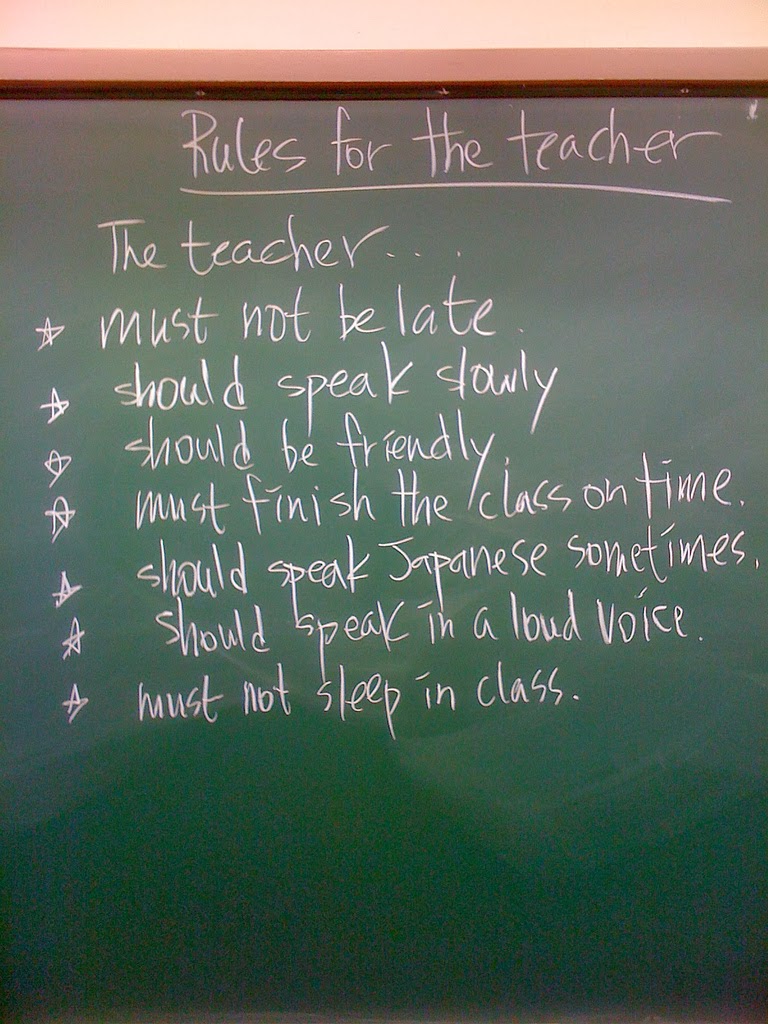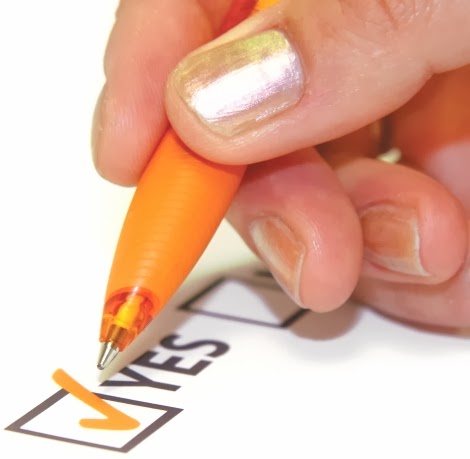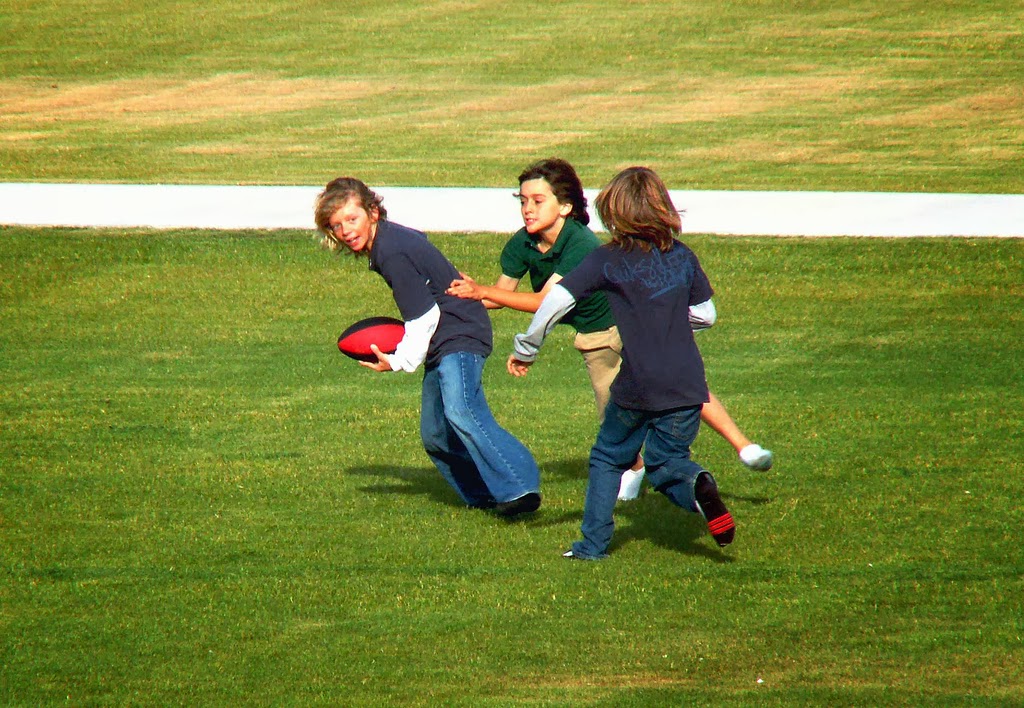Over the last couple of decades, the amount of Christian material being produced has risen exponentially. Whether it’s books, blogs, podcasts, movies or something else, today’s Christian has enough material about Christianity outside of the Bible to keep them busy for a lifetime.

Unfortunately, none of these works was given the same inspiration by God as scripture. I’m sure He often provides help through His gifts and the Holy Spirit, but virtually no one who is producing this material would claim what they produce carries the same weight as scripture. Except in subtle ways many do.
Sometimes this subtle rejection or modification of scripture is accidental – a simple misunderstanding the author may later grow to regret having produced. At other times, it’s a result of laziness – an unwillingness to really search the scriptures to “fact check” in multiple places in the Bible rather than picking one verse out of context to support a point. At other times, creators openly reject scriptures, justifying it by any number of reasons. In rare instances, it appears the creators haven’t actually ever read anything in the Bible, but rather produce on what they think God should be.
One of the skills we need to teach our young people is how to read sources outside of the Bible critically. Any academic who is honest will admit the number of degrees, the IQ and any other respect factor you care to give someone, does not ensure what they produce is totally true and accurate. Even the most careful Bible scholar can at times make mistakes. Some of these may be inconsequential, but others can move people very far from where God wants them to be.
As a Bible class teacher, there’s a simple activity you can do from time to time to help your students become more critical readers and viewers of outside materials. The book Making Thinking Visible by Ron Ritchart et al, calls it “Red Light, Yellow Light”. Although they are suggesting the technique for secular readings, it can work for our purposes as well.
Find an article or a passage from a Christian book. Make the readability of the material relatively easy, so your students aren’t slowed down by comprehension issues. Have them go through the material and give “red lights” to sentences they believe are untrue when compared to scripture and “yellow lights” to sentences that just don’t sound like they are quite right. (They aren’t sure the sentence disagrees with the Bible, but think it might with closer examination.)
The first time you do this exercise, have the students work in groups of two or three and then pull the class together to discuss their choices. Encourage them to find the scriptures that would back up their “red” and “yellow” lights. If they aren’t comfortable with how to find that information online, a separate session may be needed to help them learn how to find possible scriptures they need easily.
Don’t just let students give a sentence a red or yellow light and not produce evidence to support their decision. Have the rest of the class help find scriptures to either back up the original statement or the student who was having issues with it. At times, when students believe they have reached an accurate conclusion, but haven’t, you will need to step in and point out scriptures they don’t know or have forgotten.
Do this periodically with every possible way they could be exposed to someone’s theology – even secular readings – as they get more savvy at the exercise. You can even do this with segments of podcasts and scenes from movies. Remind them this is not about mocking or “destroying” the person who created the material. Rather it is an attempt to remind them anything outside of the Bible is potentially flawed. They must examine everything carefully in comparison to the Bible to make sure they are believing and living what God wants them to do. It’s a Christian life skill your students desperately need.
An affiliate link is included for your convenience.



